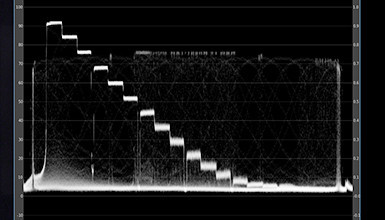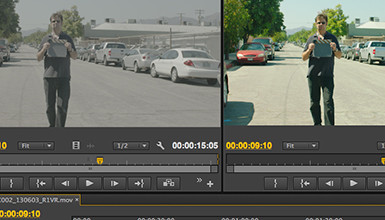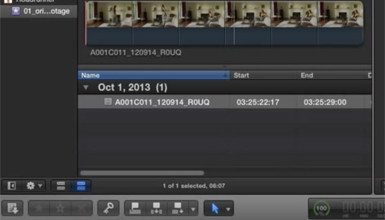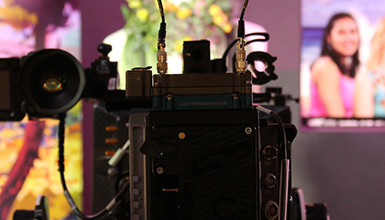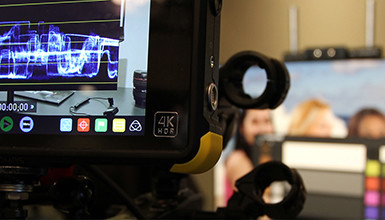log
Tutorials & Guides
Panasonic's VariCam cameras are capable of capturing a wide dynamic range. In order to do this, Panasonic has their own Log recording codec, V-Log. V-Log is a gamma response designed to capture the full dynamic range off the sensor.
Tech News
Canon's newest firmware update (1.0.4.1.00) for their C300 Mark II camera contains a number of nice improvements to the camera's features and functionality. One of the updates that caught our eye is the inclusion of a new logarithmic gamma curve, Canon Log 3, available from the Custom Picture menu.
Tutorials & Guides
One of the most popular blog posts I've written was a guide to Applying LUTs to Log Footage in various NLEs. Since I posted it, a lot has changed in the popular NLEs; the tools used to apply Look Up Tables are now included in many of them, and they are generally better than ever. Here is a break down of how to apply LUTs to Log footage (or any footage) in Final Cut Pro X, Adobe Premiere Pro CC, Avid Media Composer 7, and Resolve 10
Tutorials & Guides
Recently I have been getting a number of questions about Log mode in the Canon C300, which is great because that means that many of us are using this mode. However, there are some really important things to know before jumping in. Canon has recently published a white paper on Canon Log that is full of great info. It's not exactly light reading, however, so I'll try to outline some of the important information about Canon's Log curve in this blog.
Tutorials & Guides
Working with Log material can be difficult at times, so we have put out a couple of different LUTs for use when using the Sony F3's S-Log or Canon Log from the Canon C300. You can download the F3 LUTs and the C300 LUTs, as many of you have already done. Arri has their online LUT Generator, and the Technicolor CineStyle LUTs are available when using the CineStyle profile on the 5D Mark II.
Tutorials & Guides
At AbelCine, we offer a class on video formats that covers a variety of different terms and compression formats. One of the more common questions I'm asked is, "What's the difference between uncompressed video, Raw, and Log recording?" With so many cameras these days offering different recording options, combined with the popularity of external recorders, it's no wonder there are a lot of questions about this topic.
Tutorials & Guides
With more and more cameras shooting in flat-looking Log modes or RAW, the topic of LUTs on set and their implications in post have become big points of discussion. At the same time, there are many cameras that utilize the more traditional Scene Files for control of color and contrast. Furthermore, there are cameras like the ARRI ALEXA and RED EPIC that offer their own unique types of image control. With all these different formats, the difference between LUTs, Looks and Scene Files can be confusing, so in this article I explain the terms and discuss how these files are applied.
Tutorials & Guides
Our eyes perceive brightness differently than an electronic sensor does. Video monitors are locked into a standard for color and contrast, but now Digital Cinema camera systems are being used to capture images that are used and displayed in media that can see well beyond those limitations.












